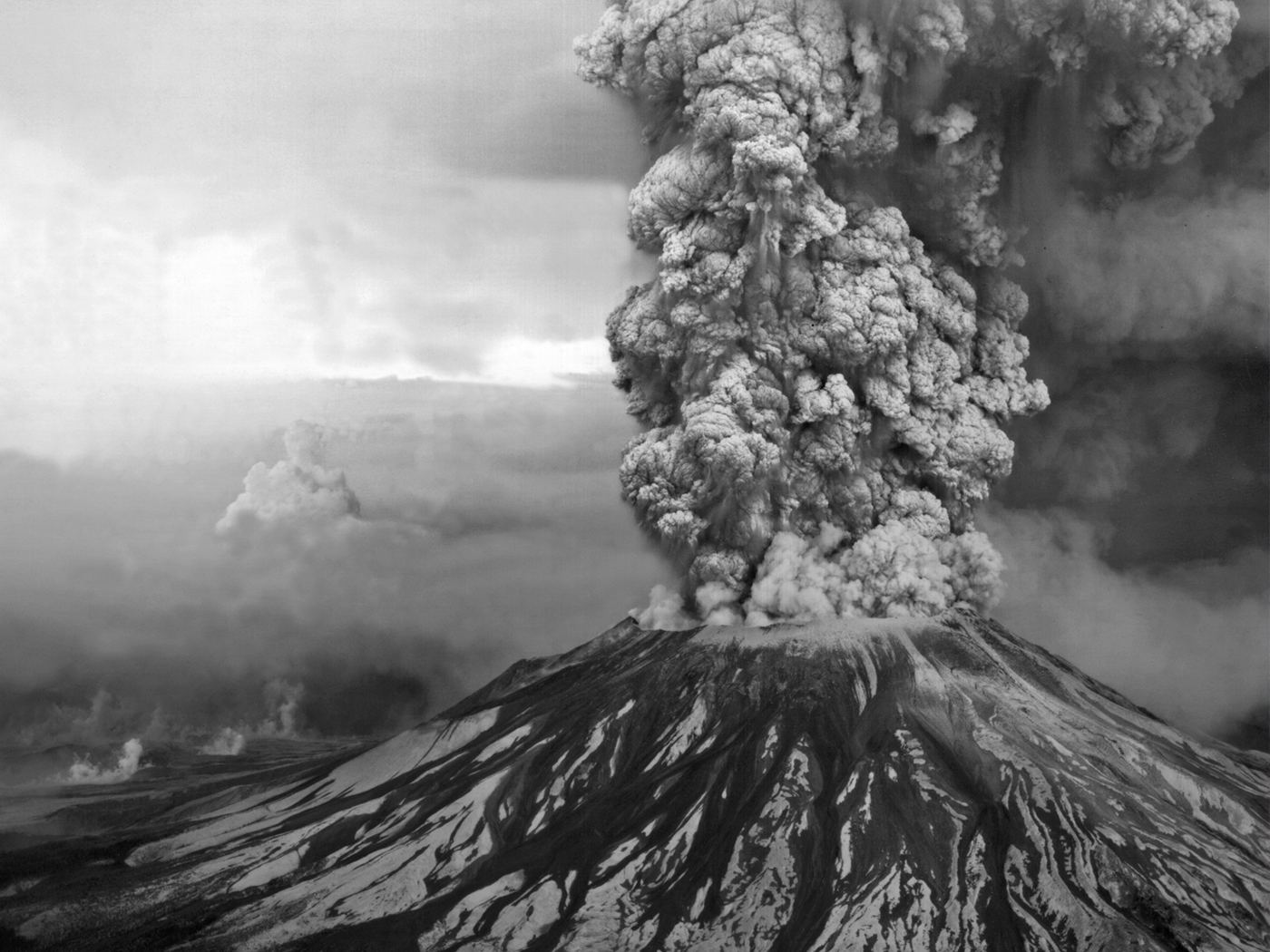Some are concerned that global warming will cause the polar ice caps to melt, leading to an increase in global sea level. If such a rise in sea level occurred slowly, coastal peoples would have time to adjust to the change. But many are concerned that sea level could rise rapidly, leading to a humanitarian catastrophe.
Although some scientists claim that satellite and tide-gauge data confirm a rapidly rising sea level, others are skeptical. In fact, two Australian scientists, Dr. Albert Parker and Dr. Clifford Ollier, have recently charged that Indian Ocean sea-level data for the last 140 years were manipulated to show a dramatic rise in sea level, even though the raw data showed that sea level had remained steady, or even dropped.1,2,3
Indian Ocean sea-level data for the last 140 years were manipulated to show a dramatic rise in sea level, even though the raw data showed that sea level had remained steady, or even dropped. ![]()
Concerns over sea level rise are also being stoked by the way secular scientists interpret chemical wiggles within deep-seafloor sediments. These chemical wiggles (called oxygen isotope ratios) are thought to serve as “proxy” or “stand in” values for global ice volume: higher oxygen isotope ratios (denoted by the symbol δ18O) are thought to indicate ice ages, and lower values are thought to correspond to warmer “interglacial” periods.
When water freezes to form ice, less of Earth’s total water is available to remain liquid. Since the total mass of water on Earth remains essentially constant, an increase in global ice volume should result in a decrease in global mean sea level, and vice versa. This means that δ18O values can presumably indicate past global sea levels.
Most secular scientists assume the validity of the astronomical (or Milankovitch) ice age theory, which posits that ice ages are caused by slow, gradual changes in Earth’s orbital and rotational motions, which in turn are thought to affect the way sunlight is distributed on the Earth. Then they use astronomical calculations to infer times in the supposed prehistoric past when these sunlight variations are thought to have resulted in ice ages, and then these ages are assigned to the peak δ18O values.
Then they use these ages to calculate past rates of sea level rise. These calculated rates have led secular scientists to worry about possible future catastrophic global flooding.
Oceanographer Wolfgang Berger asked:
Just when can we expect to see a rapid rise of sea level, ten times higher than the present values of a few millimeters per year? We do not know. All we can say, from experience with the many millennia of the ice-age records in the deep sea, is that once melting starts, it stimulates further melting for centuries. Deglaciation keeps going once begun in earnest: a great example of the dilemma of the sorcerer’s apprentice.4
What Berger is calling “experience” is just a Milankovitch interpretation of the seafloor sediment data. But if the Milankovitch theory is wrong, then the ages assigned to the seafloor sediments are completely fictitious, as are the calculated rates of past sea level rise!
If the Milankovitch theory is wrong, then the ages assigned to the seafloor sediments are completely fictitious, as are the calculated rates of past sea level rise! ![]()
Despite its popularity, there are many problems with the astronomical theory.5 Moreover, recent ICR research has raised serious doubts about a key argument for the theory presented in a well-known paper titled “The Pacemaker of the Ice Ages.”6 The argument is so important that last year the journals Science and Nature both ran articles commemorating the paper’s 40th anniversary.7,8 More than a year later, secular scientists have yet to respond to this new research. Of course, they would probably claim that there is additional evidence for the theory, so that the theory is confirmed even without the Pacemaker paper’s validity. But if the Pacemaker paper is not essential to the argument for the Milankovitch theory, then why are supporters of the theory so reluctant to candidly acknowledge the paper’s problems?
Since the argument for a rapidly rising sea level inferred from seafloor sediments is logically invalid, then evidence for such a claim, if it exists, can only come from satellite and tide-gauge data. Given the history of data manipulation in this field,9 including these recent allegations regarding Indian Ocean data, such claims should be heavily scrutinized before being accepted as valid.
References
- Parker, A. and C. D. Ollier. 2017. Is the Sea Level Stable at Aden, Yemen? Earth Systems and Environment. 1: 18. doi.org/10.1007/s41748-017-0020-z.
- Richard, K. ‘Adjustments’ to Create Spurious Sea Level Rise Have Now Infected the PSMSL Tide Gauge Data. Posted at notrickszone.com December 4, 2017, accessed December 12, 2017.
- Delingpole, J. 2017. Tidalgate: Climate Alarmists Caught Faking Sea Level Rise. Posted at breitbart.com on December 6, 2017, accessed December 12, 2017.
- Berger, W. H. 2012. Milankovitch Theory—Hits and Misses. Scripps Institution of Oceanography, University of California San Diego, La Jolla, California, 16. Emphasis added.
- Oard, M. J. 2007. Astronomical troubles for the astronomical hypothesis of ice ages. Journal of Creation. 21 (3): 19-23.
- Hebert, J. 2016. Revisiting an Iconic Argument for Milankovitch Climate Forcing: Should the "Pacemaker of the Ice Ages" Paper Be Retracted? Part 3. Answers Reserach Journal. 9:229-255.
- Hodell, D. A. 2016. The smoking gun of the ice ages. Science. 354 (6317): 1235-1236.
- Maslin, M. 2016. Forty years of linking orbits to ice ages. Nature. 540 (7632): 208-210.
- McIntyre, S. and R. McKitrick. 2005. Hockey sticks, principal components, and spurious significance. Geophysical Research Letters. 32, L03710.
*Dr. Jake Hebert is Research Associate at the Institute for Creation Research and earned his Ph.D. in physics from the University of Texas at Dallas.
Article posted on January 4, 2018.





















